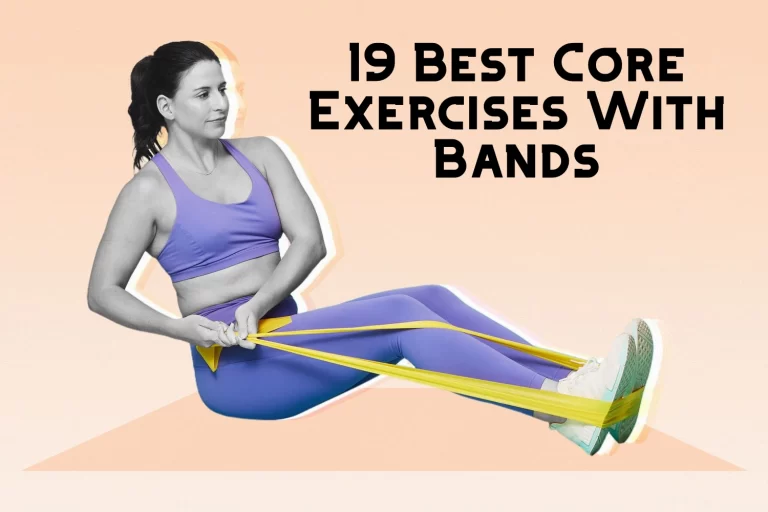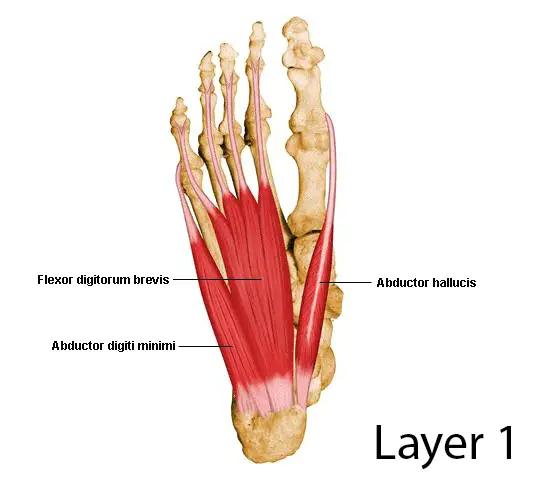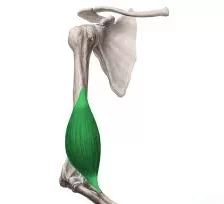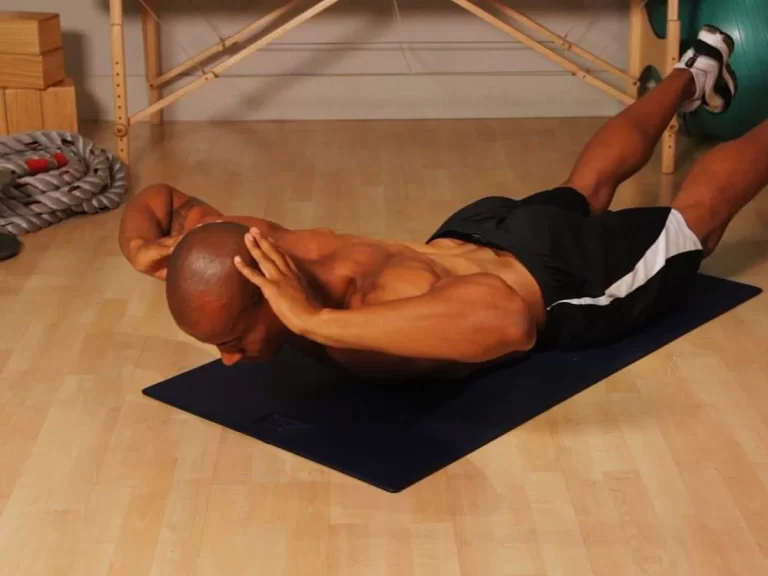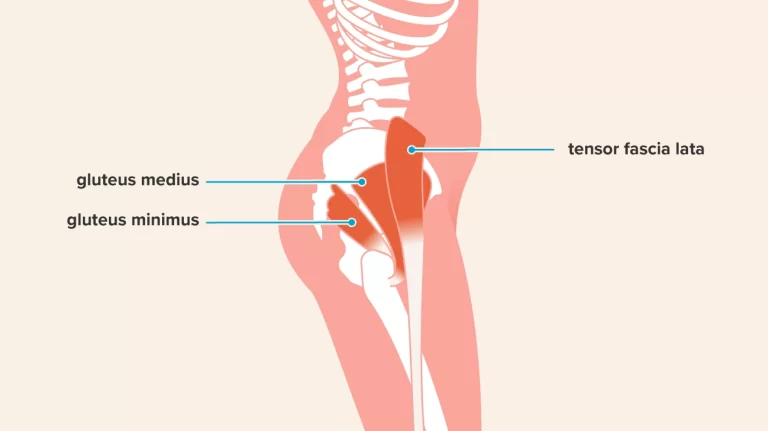Exercises For Eyes For Better Vision
Table of Contents
Introduction
Doctors and physical therapists understand the advantages of strengthening our muscles. How about eye workouts for improved vision? Although there are no effective eye workouts for refractive abnormalities such as astigmatism, myopia, or hyperopia, eye exercises can aid in improving visual abilities.
It has been demonstrated that vision therapy, a sort of eye physical therapy, can help with issues with eye alignment and concentration. A patient receives a series of eye exercises for lazy eyes, among other problems, during vision therapy. There are certain eye workouts that may be performed at home, even though being under an eye doctor’s care can offer additional advice on how to employ eye exercises.
Although I wouldn’t anticipate these eye exercises to significantly enhance eyesight right away, with perseverance, they may progressively ease concentration problems and eyestrain.
If you have: Your doctor could advise eye exercise sessions
- inability to focus your eyes when reading
- One eye that veers inward or outward (insufficiency of convergence)
- Needed to enhance muscular control after surgery
- Crossed eyes (strabismus)
- Lazy eye (amblyopia)
- Double vision
- Trouble with depth perception (poor 3D vision)
Eye exercises may also be advised by doctors for conditions that affect how your eyes perform together. These situations may result in issues like:
- Blurred vision
- Eyestrain
- Increased light sensitivity
Exercise won’t help if you:
- Have dyslexia
- Blink a lot
- Squint
- Have eye spasms
- Have a paralyzed eye muscle
How to improve your eyesight
Palming
Yoga eye practice known as palming involves relaxing the muscles surrounding the eyes to lessen eye tiredness.
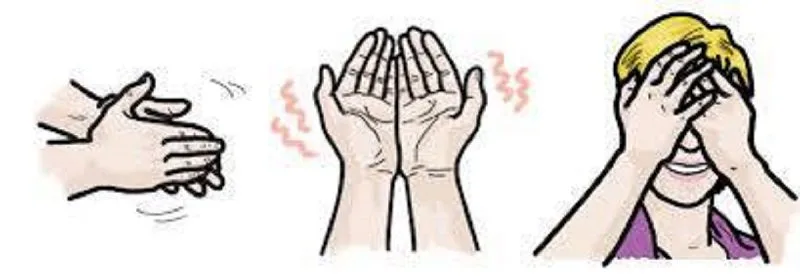
When palming, start by rubbing your hands gently to warm them up. While covering your eyes, place the palm of each hand on the corresponding cheekbone. Put a palm over each of your eyes and breathe thoroughly for five minutes.
Blinking
When we use digital devices for lengthy durations, our blink rate slows. As a result, the eyes may become dry and appear sand-like, gritty, and exhausted. As a result, the eyes can grow dry and feel sand-like, gritty, and exhausted.
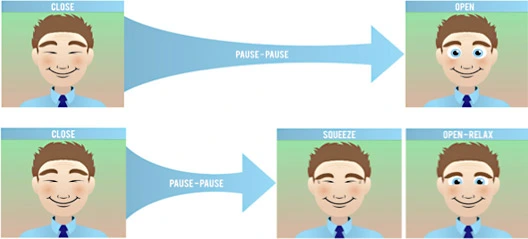
A brief period of conscious blinking could as well reactivate the tear film. Blinking stimulates the oil glands in the eyelids, increasing the amount of lubricating fluids they produce. Spreading the tears over the eyes is sometimes helpful.
By closing your eyes, waiting two seconds, and then opening them again, you may practice blinking. The eyelids can be purposefully pulled shut while the eyes are closed to further activate the oil glands.
Pencil Push-Ups
To teach the eyes to converge or move towards one another when staring at a close object, pencil push-ups are frequently made use of.
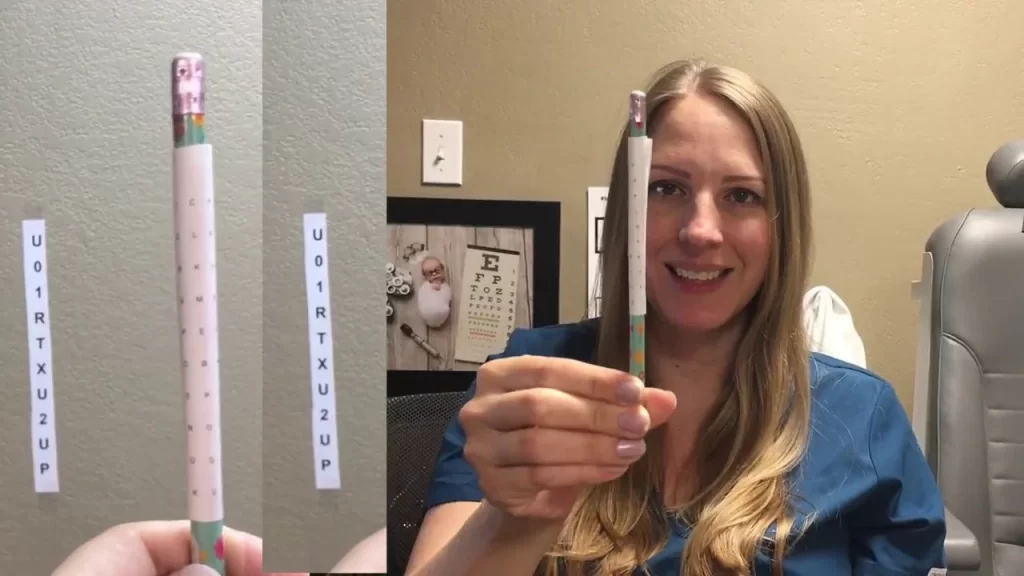
Hold a pencil at arm’s length and put on your finest near-vision corrector to perform a pencil push-up. Pay attention to the eraser’s tip. If the letter is on the rubber, bring it into focus so that it can be read. Move the pencil carefully in the direction of your nose while focusing just on the rubber or letter. Take it away from your eyes once more once it doubles. Repeat a number of times.
Focus change
Your attentiveness will be tested with this workout. It should be carried out while in a sitting down position.
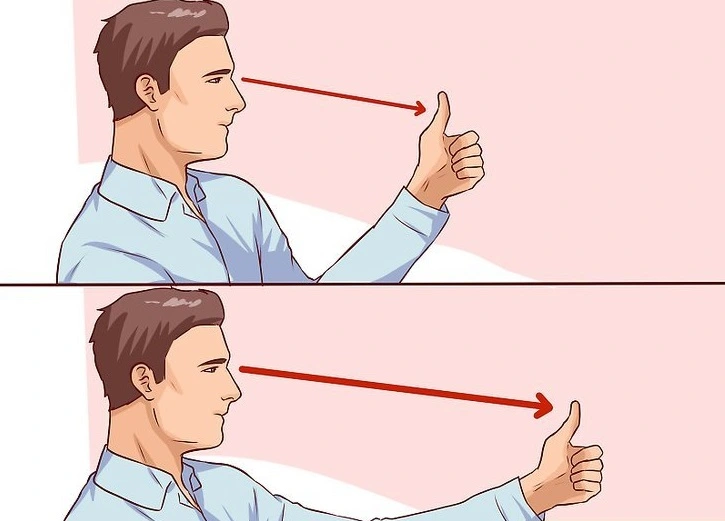
- Your pointer finger should be a couple of inches away from your eye.
- Think about your finger.
- Pull your finger slowly away from your face while maintaining focus.
- Take a quick glance aside, into the distance.
- Slowly draw your finger towards your eye while keeping your attention on it.
- Pay focus to anything far away as you turn your head.
- Three times, please.
Near And Far Focus
By alternating between close and far attention, your focusing system will learn to correctly engage and relax.
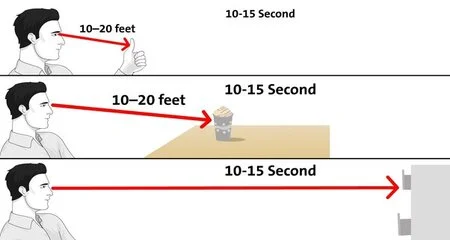
Extending your thumb 10 inches from your face, concentrate on it for 15 seconds. You may also hold anything nearby in your hand that has a letter on it to appropriately engage your concentration mechanism. Continue to focus for another 15 seconds before focusing on a target 20 feet (6 meters) distant. To your thumb, go back. Repeat a number of times.
Figure Eight
Some people can find it challenging to follow an object with their eyes. Figure eight exercises can be practiced to improve this.
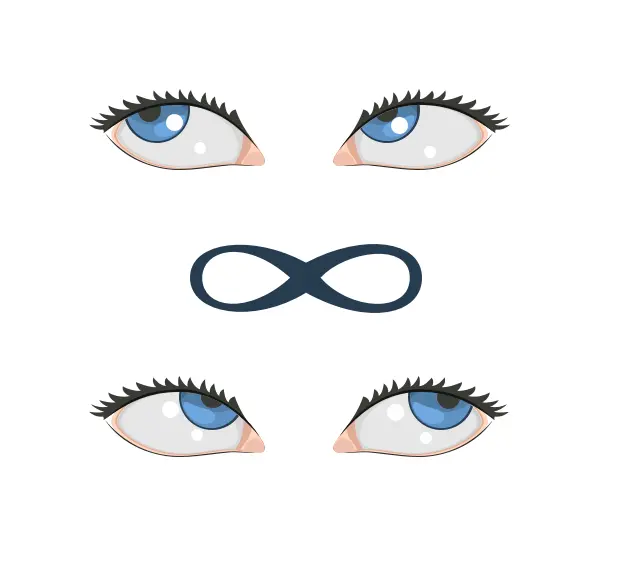
Pick a location on the ground that is ten feet away from you. Use your eyes to visualize a figure-eight. 30 seconds later, change your course.
20-20-20 Rule
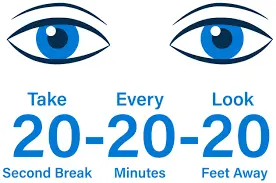
When we utilize our eyes for close work, our concentration abilities may suffer. Also possible is eye dryness. One way to reduce some of this stress is to plan breaks.
Keeping in mind the 20-20-20 rule is simple. Look at a target that is 20 feet distant for 20 seconds after every 20 minutes of close work. Now you may head back to the nearby activity.
Brock String
The Brock String was developed by Swiss visual rehabilitation pioneer Frederick Brock. It may be applied for a range of visual system training tasks.
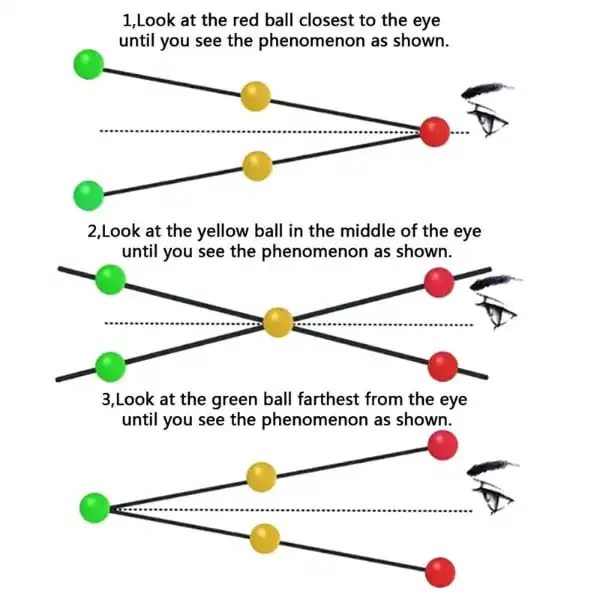
To put together the Brock String, tie a loop at either end of the string. To a doorknob, fasten one loop. Set the three beads in place. To achieve this, put the distance bead closest to the doorknob in that position. Between two and five feet should separate you from the focal bead. The bead should be six inches distant from your nose. A few inches in front of your nose, hold the string taut.
To educate the eyes in tracking, alignment, and concentration, a series of exercises can be done using the Brock String.
Barrel Card
In order to observe a close object, the barrel card trains the eyes to converge or turn together.
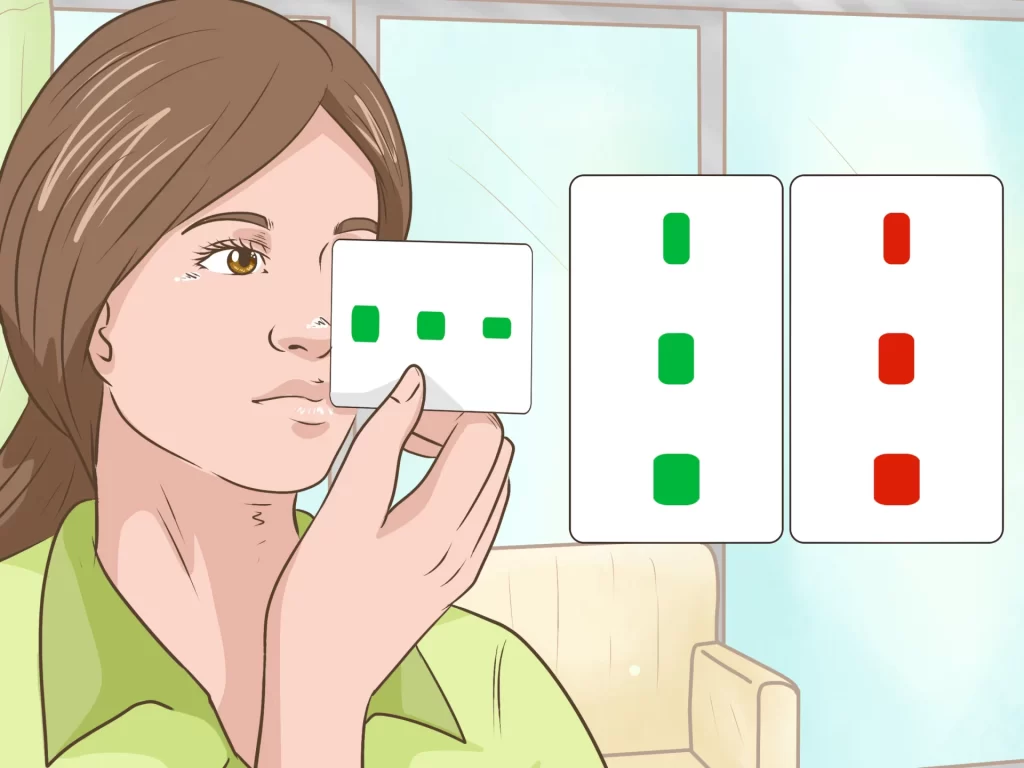
Beginning with the biggest circles furthest from your nose and the circles horizontally aligned, place the barrel card in this position. Close your eyes. One eye will perceive circles as red, while the other is green. Make any necessary modifications to ensure there is no tilt and that each eye sees the same amount of the card. Fix your attention now on the circles that are the furthest away from you.
The two photographs should cross each other to produce a single red-green circle. Focus on the center of the circle after five seconds. Pay close attention to the closest and smallest circle. It’s crucial to understand that it’s common for the circles you aren’t paying attention to to seem twice. Relax your eyes after completing one cycle. Work your way up to doing 10 cycles while holding each of the three circles for a total of 10 seconds.
Benefits Of Eye Exercises
Traditional eye exercises such as vision therapy can assist in ensuring that the two eyes function properly together.
There are several common indications that eye-strengthening exercises may be advantageous. These include skipping lines or words while reading, blinking, closing one eye, eyestrain, and headaches.
Vision therapy can be used to correct problems with eye turn (strabismus), lazy eye (amblyopia), eye tracking (saccadic dysfunction), and eye teaming (convergence insufficiency). Lazy eye exercises have been shown to be quite successful in curing this condition, especially when it is caught early.
Vision Therapy
Vision treatment may include eye exercises. Consider it to be ocular physical therapy. Your optometrist could suggest a vision treatment program to enhance your visual abilities, increase your comfort, and alter how your brain processes what you see. Additionally, the program could contain balancing boards, patches, prisms, and specific lenses.
For instance, if your child has a lazy eye or vision loss in one eye as a result of using the other eye more frequently, vision therapy may be used. The disease often manifests in childhood. Your child could receive glasses first. The doctor would then cover their healthy eye with a patch or blur it with eye drops so they must rely more on their weak eye. In order to recover eyesight, exercise might also make your child’s brain use the weaker eye.
Tips for eye health
There are several more things you can do to keep your eyes healthy in addition to eye workouts.
Every few years every person should attend a comprehensive dilated eye exam. Get checked out even if you haven’t noticed any problems. Many people aren’t even aware that corrective glasses can improve their vision. Furthermore, many serious eye conditions have no symptoms. more about your family history. Many eye conditions run in families.
Assess your risk. If you have diabetes or a family history of eye disease and are at an increased risk for eye problems, schedule an appointment with your eye doctor every six months to a year.
Wear sunglasses: Polarised sunglasses that block UVA and UVB radiation will shield your eyes from harmful UV rays.
Eat well. A diet high in healthy fats and antioxidants may promote eye health. Also, consume those vegetables! They are a top source of vitamin A, which is vital for the well-being of the eyes.
If you need to, put on your glasses or contact lenses. If you use corrective glasses, your eyes won’t become weaker.
Smoke less or never start. Every organ in the body, including the eyes, is harmed by smoking.
Overview
The theory that eye exercises enhance people’s eyesight has not been verified by research. Eye exercises might not be beneficial to you, but they also won’t be harmful. Additionally crucial are routine eye examinations by an eye specialist. They can frequently identify and address issues before they manifest as symptoms.
FAQs
The most prevalent conditions that require corrective lenses, such as nearsightedness, farsightedness, astigmatism, and presbyopia (age-related lens stiffness), cannot be resolved by exercising the eye muscles. Above all, glaucoma and macular degeneration cannot be treated with eye workouts.
Eat a healthy, balanced diet that includes seafood that is strong in omega-3 fatty acids and dark, leafy greens. Regularly moving about. When performing tasks that might be harmful to your eyes, such as yard maintenance, sports, or house repairs, wear protective eyewear. Get your hands washed before wearing contact lenses.
The muscles in the eyes can be strengthened using eye workouts. They can also be made use of to enhance the neural link between the brain and the less-reliable eye. Exercise for the eyes alone won’t cure lazy eyes. But when combined with other methods, they may be incredibly powerful.
Focus Shift: By gazing at a distant object for six seconds or until it becomes apparent, you may adjust the focus of both of your eyes. Then, fix your attention for six seconds on a nearby item until it becomes apparent. Repeat this technique until you notice a mild weariness in your eyes.
Vitamin A
The majority of individuals are already aware of the need for vitamin A for normal eye function. The cornea and retina are protected by the antioxidant vitamin A. Additionally essential for night vision is vitamin A, which is required for the production of protective eye pigments.

